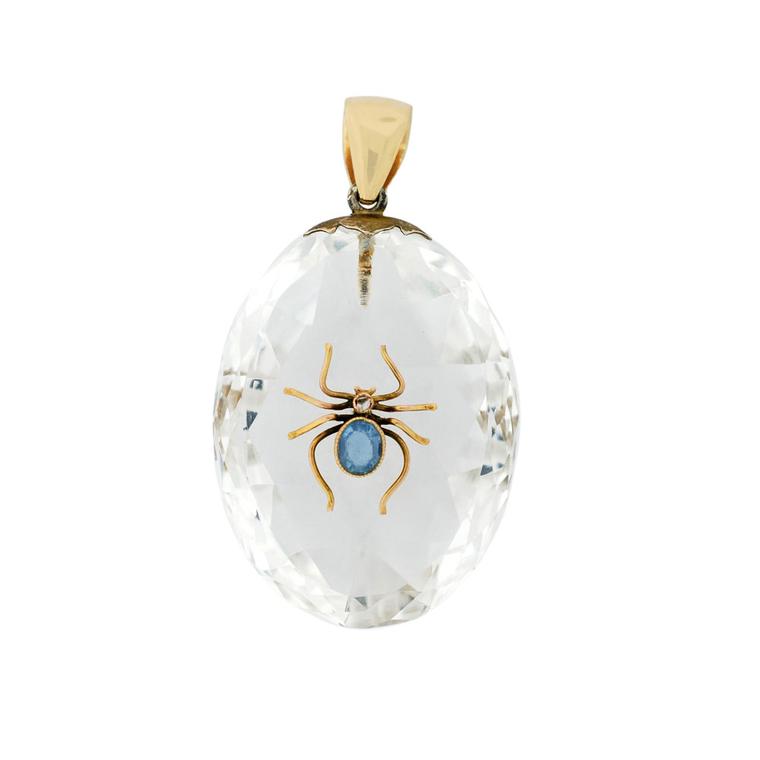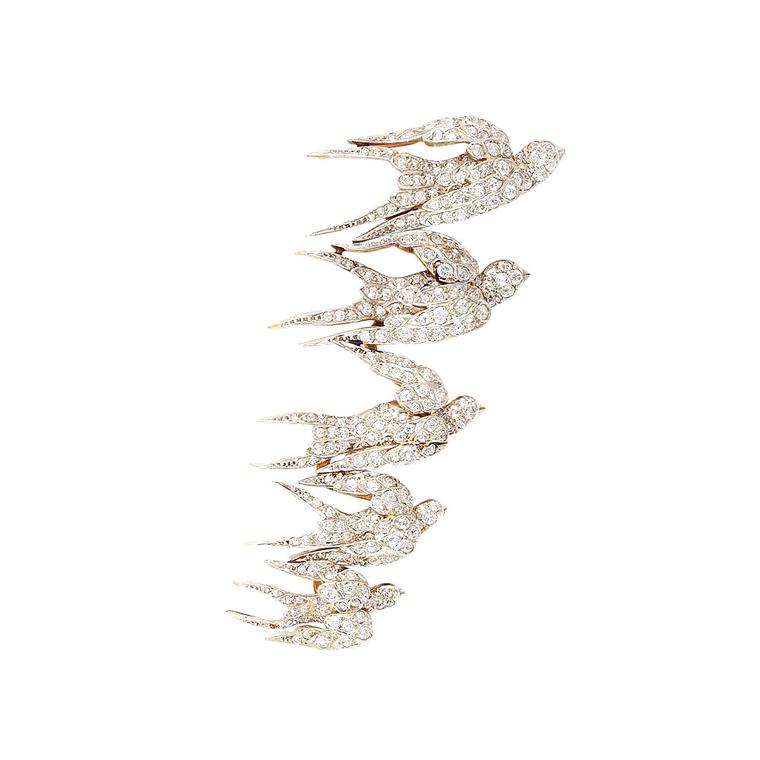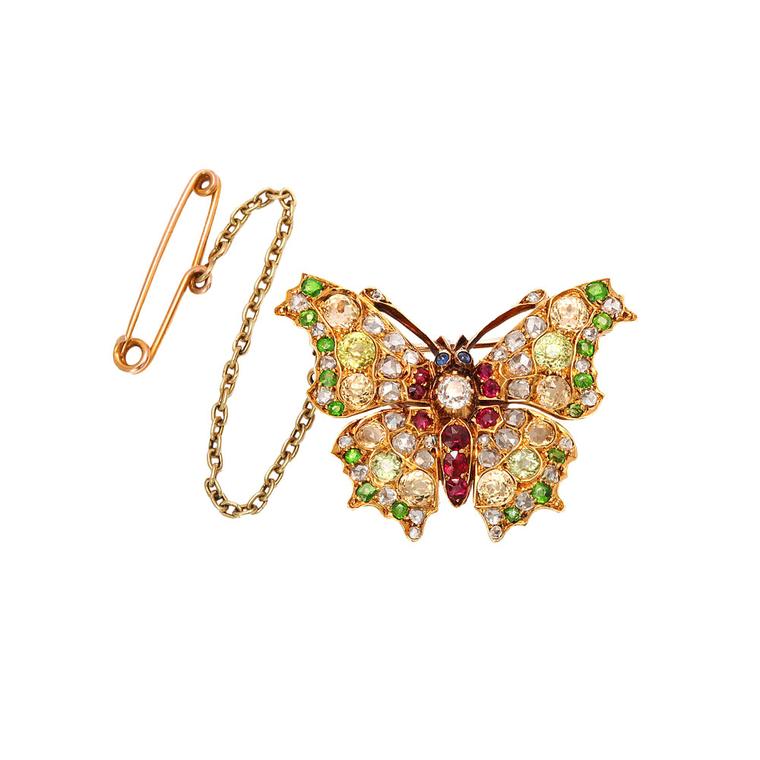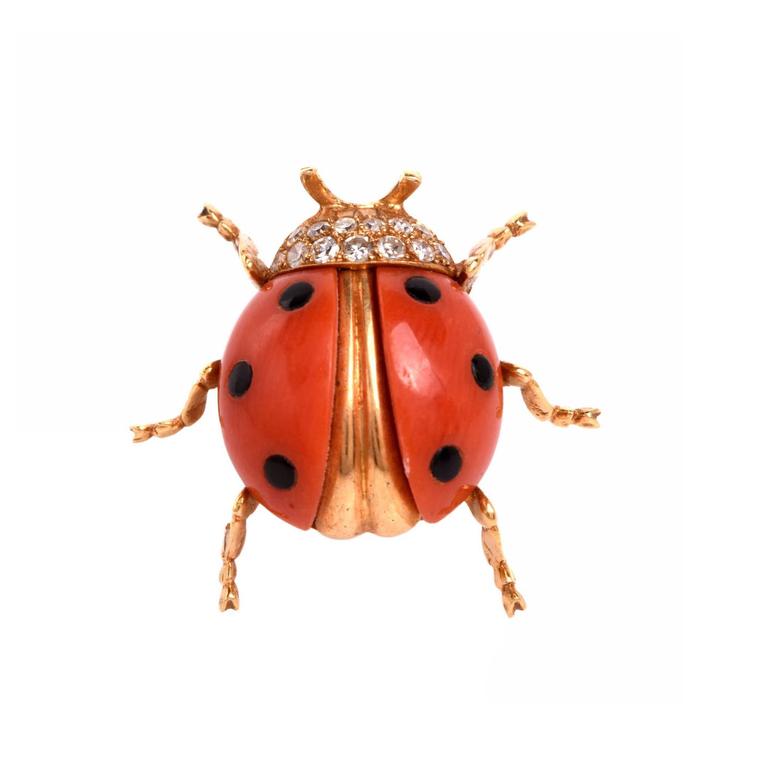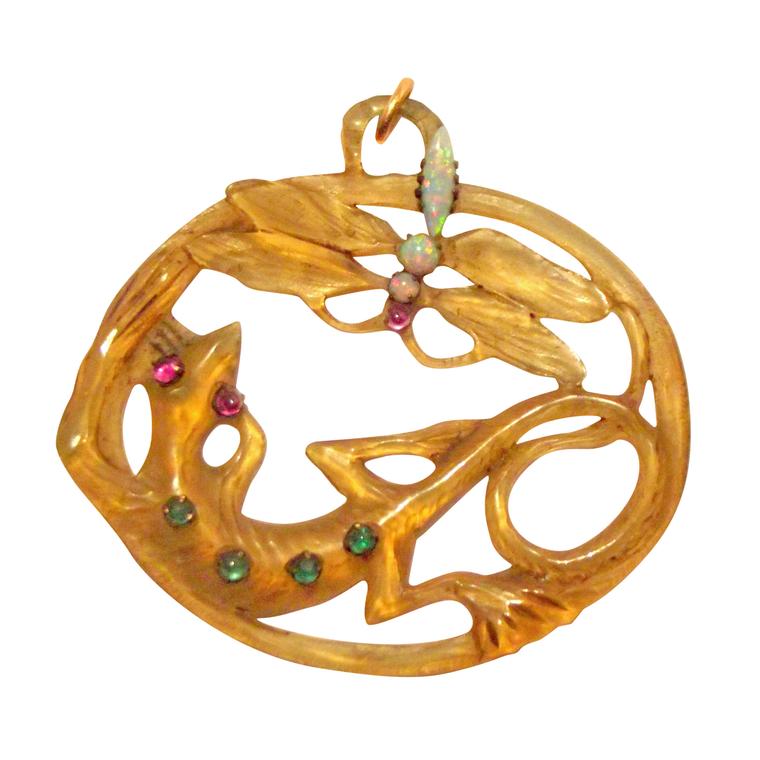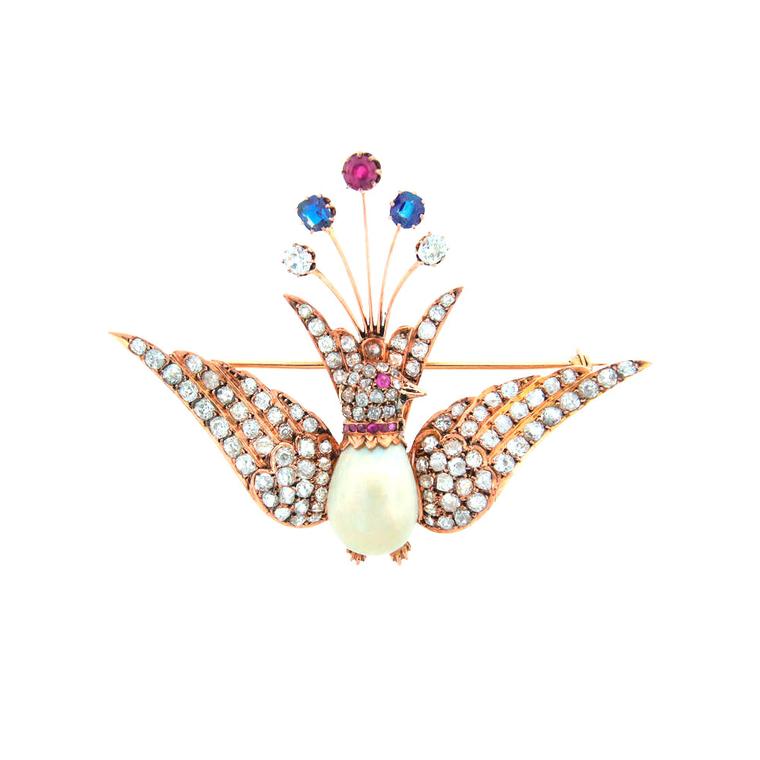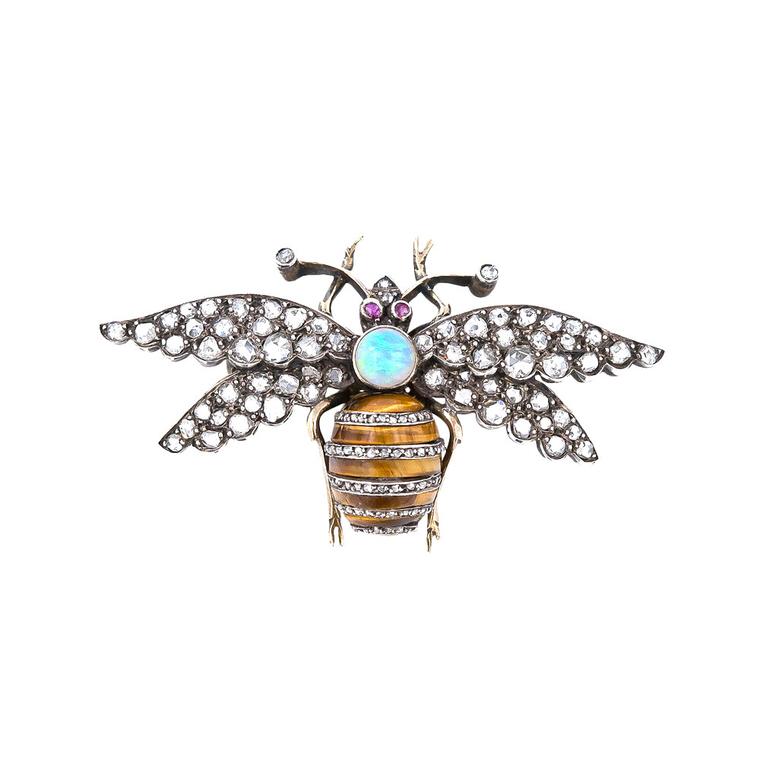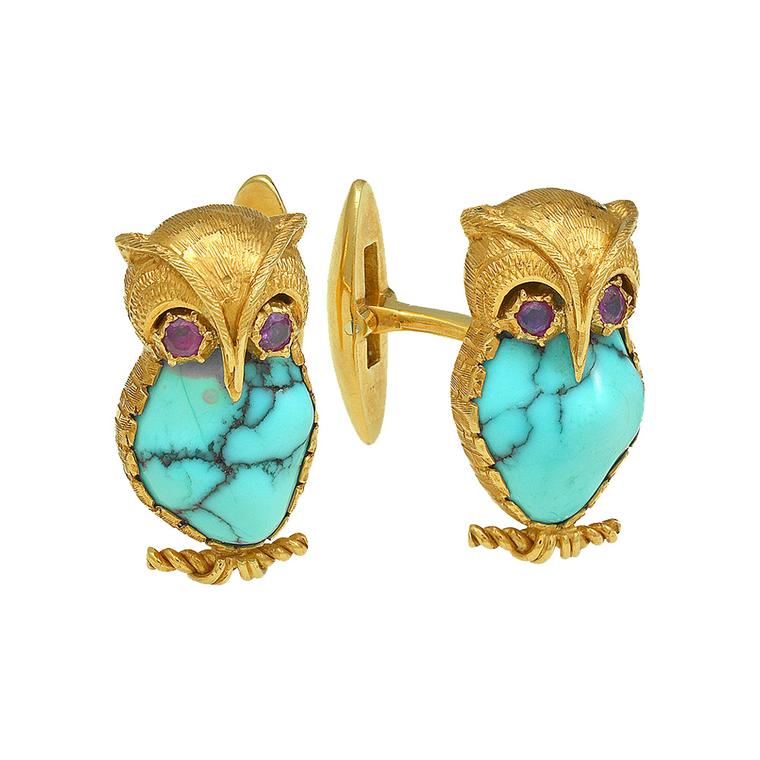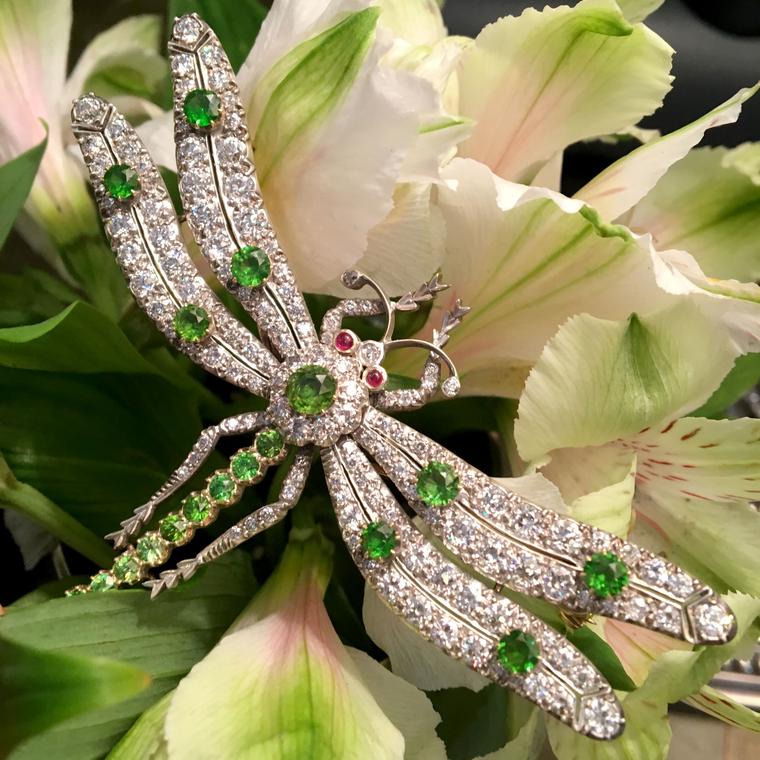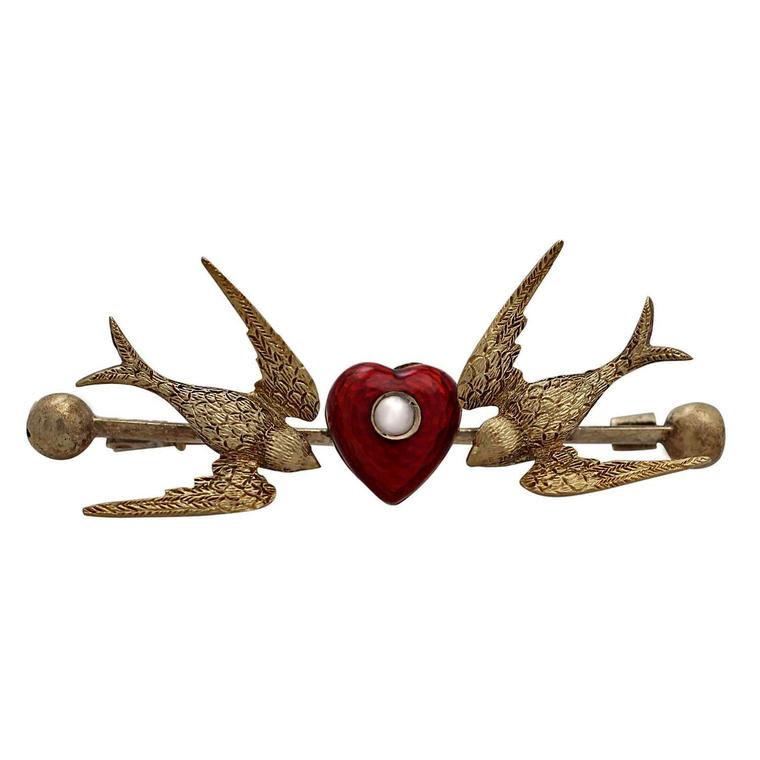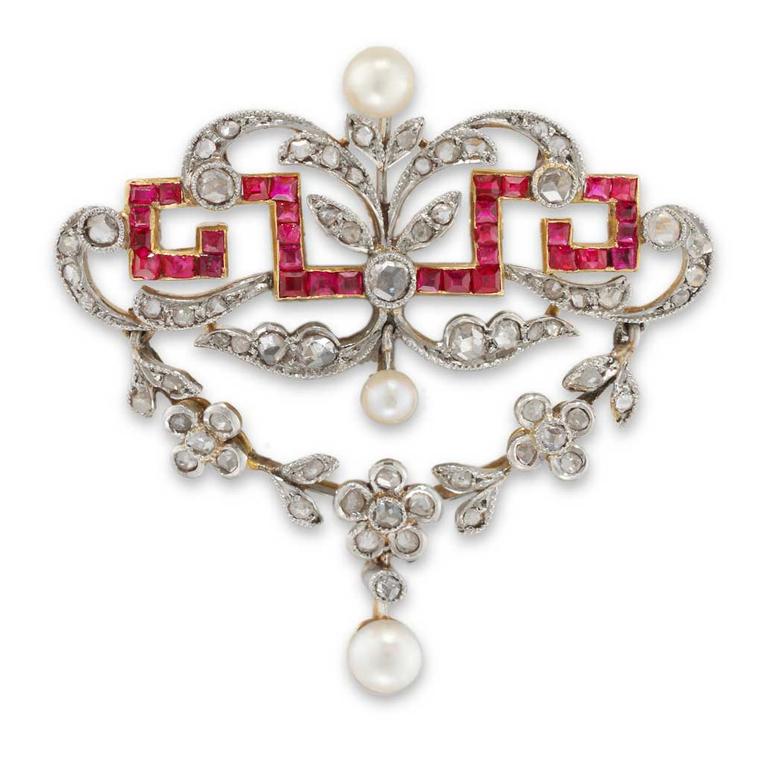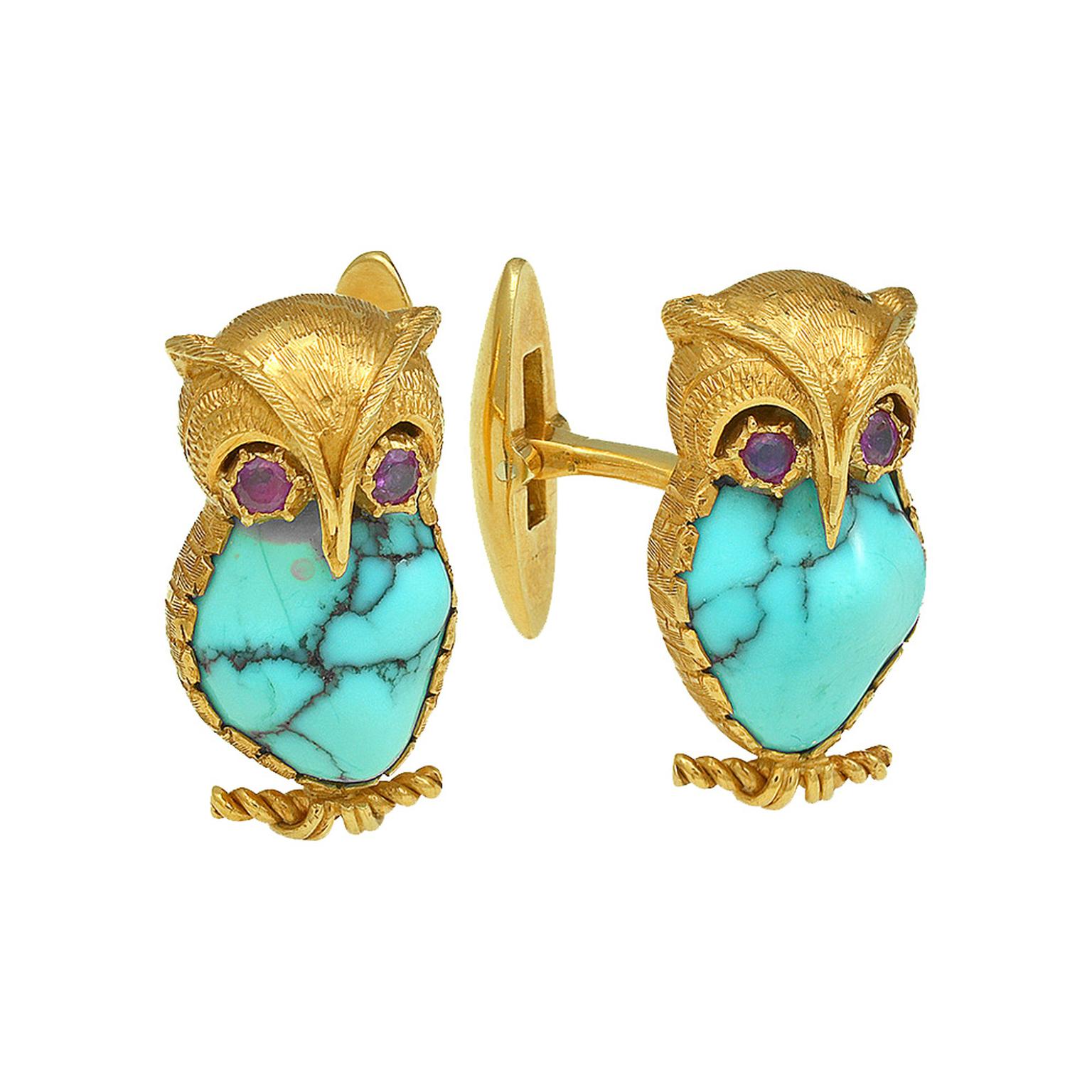
The symbolism of insects and creatures in the natural world has not only proven meaningful but has also inspired some masterful antique jewellery designs over the centuries.
While most women wouldn't want a lizard within 10 feet of them, they don’t seem to mind this four-legged creature, with its connotations of “passionate love”, in precious metal form, studded with coloured gemstones.
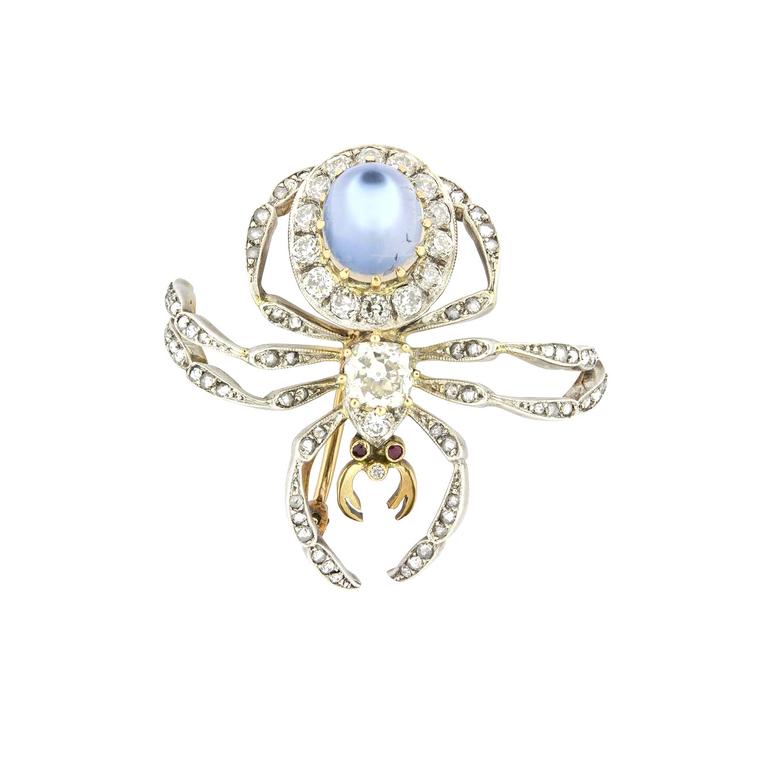
When it comes to creepy crawlies, I am terrified of spiders and yet have an affinity for them when studded with rubies and featuring diamonds for eyes. The original meaning of the spider was that of “reward and recognition for creativity and hard work”. I am equally afraid of bees, except when in bejewelled form. These buzzing little insects were known as the “keepers of community and spirit”.
From ancient Egypt to Victorian England, certain creatures have held tremendous meaning and continue to do so. In addition to bees and spiders, insects such as ladybirds (ladybugs) were and still are viewed as the “granters of wishes”. When one lands on you, you should make a wish and blow on it gently to guide it to its next destination, at which time your wish will have come true.
In Victorian times, birds such as swallows were often interpreted in rose-cut diamonds with gem-set eyes, with connotations of sailors returning safely home to their loved ones. Doves were also popular in this period and were connected to peace and domesticity. As swans are known to mate for life, they represented fidelity, while the owl, traditionally featuring gem-set eyes, was known for its wisdom and foresight.
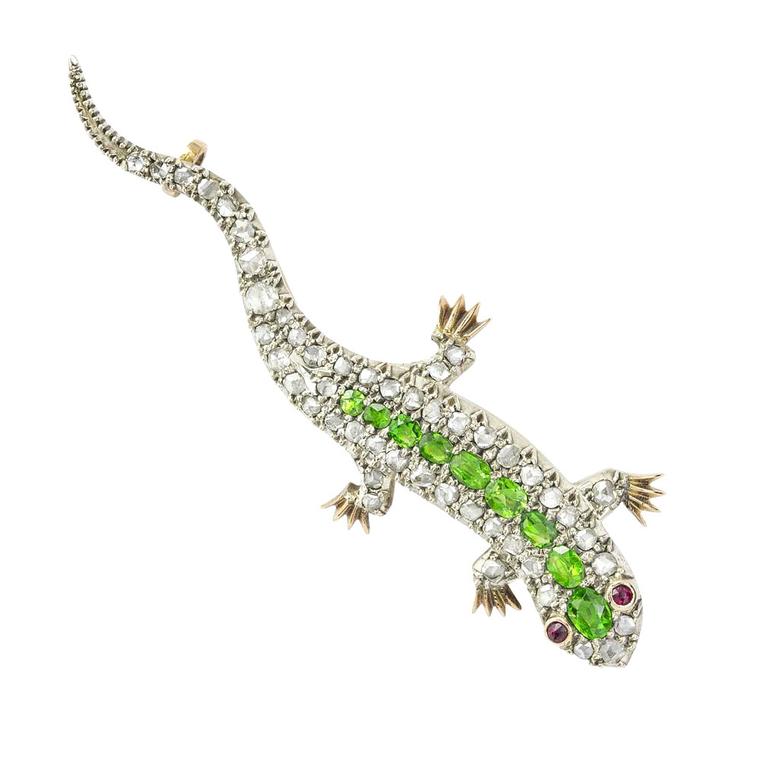
It was in the Art Nouveau period that various creatures and bugs were translated with amazing grace and creativity, such as the lizard whose body was often a mix of European-cut diamonds and brilliant demantoid garnets. The more delicate and prettier winged insects began to flutter and take flight in both artfully cut stones and the Plique-à-Jour method of enamelling, which enabled the colour subtleties displayed in authentic wings. Even more characteristic of this Art Nouveau period were butterflies, caterpillars and dragonflies, which all reflected change and transformations in life - specifically embracing change rather than fearing it. And peacocks spreading their plumes was said to evoke pure beauty and immortality.
Discover the grace and elegance of dragonfly jewellery
When in the hands of Art Nouveau masters, these naturalistic motifs were either purely fantastical or true to life - so much so that you might have thought that a dragonfly had actually landed on the shoulder of your dress. At the famed 20th century Maisons of Boucheron, Cartier, Tiffany and Boivin, to mention just a few, they took these motifs and imaginatively created gem-encrusted high jewellery versions for a whole new generation of women.


